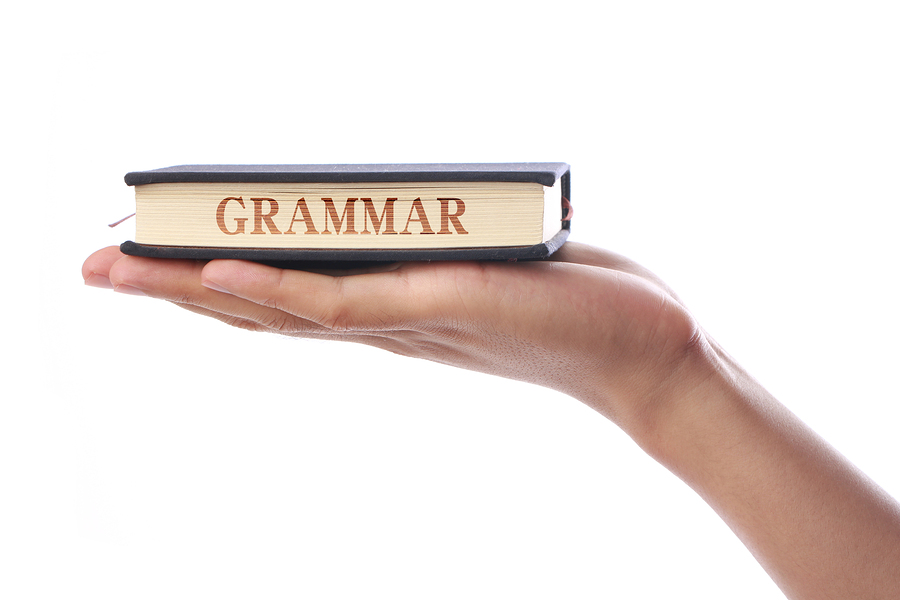Jeffrey Li and Celine Tam, ages 10 and 7 respectively, give a stunning performance of Josh Groban’s “You Raise Me Up.” Keep watching as it builds and builds to an exhilarating conclusion. (And if you want more, the boy did a solo a couple weeks earlier which is shown below.)
https://www.youtube.com/watch?v=HeUJ4Y-XOeY
https://www.youtube.com/watch?v=veIs0TQyaaM








